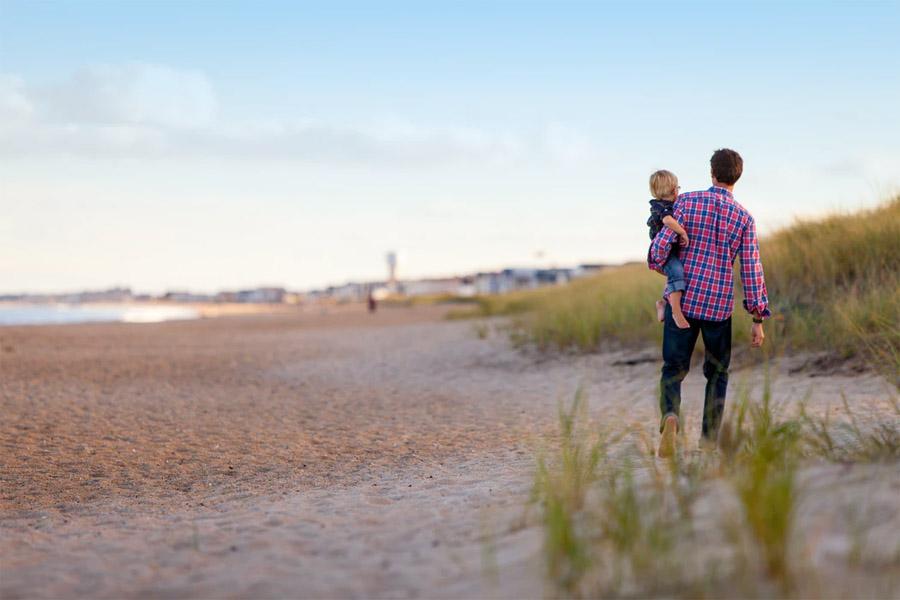
Whenever bad economic news dominates the headlines, pundits love to declare “The FIRE movement is dead, long live the FIRE movement!”
They shouted it during the pandemic, during the stock market crash in 2022, during the sustained inflation and cooling real estate markets in 2023. They were wrong then and they’re wrong now.
More than ever before, the core values of a high savings rate, of building wealth and passive income faster, of reaching financial independence ring true. When a recession hits, who doesn’t wish they’d saved more money? Who doesn’t wish they’d invested more to create passive income, that they didn’t need their 9-5 job to pay their bills?
But you don’t have to be financially independent to gain all the benefits of the FIRE lifestyle and a high savings rate. When you save and invest more money, and rely less on your day job to pay the bills, you enter a virtuous cycle of saving even more money. And no one says you have to retire; the “retire early” part of the FIRE acronym remains entirely optional.
Yes, I love the idea of total control over my time, of working becoming 100% optional. But even while on the journey to financial independence, I still get most of these benefits.
1. Recessions Pose Less Risk
In a recession, the greatest risk to any family is loss of income. If you lose your job during a recession — as happens to all too many people — it’s not easy to find another again.
Which leaves you with bills to pay but no way to pay them.
Unless, that is, you have real estate cash flow, dividend income, and other streams of passive income to cover most or all of your bills. In that case, the income from your investments can help carry you until you find a replacement job.
Long before you reach FI, lower living expenses and more passive income can help you weather economic storms.
2. Lower Nest Egg Needed
The less you spend each year, the less passive income you need to become financially independent and optionally retire. In turn, that means you don’t need to save up as much money for a nest egg.
Think of it this way: if you follow the 4% Rule, then you need to save $25 for every $1 of annual spending. If you spend $80,000 per year, then you need a nest egg of $2 million. That’s a pretty penny, and would likely take you decades to reach.
If you spend $40,000 per year, you’d need $1 million. Still a lot of money, but far more manageable than $2 million.
Of course, if you invest in real estate syndications and earn 5-10% yields and 15-30% total returns, you can reach financial independence with an even smaller nest egg.
3. Reach Accredited Investor Status Sooner
If you’ve ever explored private equity real estate syndications, you know that most only allow accredited investors to participate. To qualify, you need a net worth over $1 million, not including equity in your home, or you need income over $200,000 for each of the last two years ($300,000 for married couples).
The faster you reach accredited investor status, the sooner you can access high-return real estate syndications.
Of course, you can also join our Co-Investing Club to access these group real estate investments. We propose new private equity real estate deals in the club every month, all of which allow non-accredited investors.
But it’s still nice to have more options as an accredited investor.
4. You Don’t (Necessarily) Need Life Insurance
Someone asked me recently how much life insurance I had. I shrugged and answered “None,” despite being married and having a child.
“What?! Isn’t that irresponsible?!”
No, for two reasons: low living expenses and a relatively high net worth. Both byproducts of the FIRE lifestyle.
My wife and I live entirely on her income (which is not high, at around $48,000). My income goes straight into our savings and investments. So if I get struck by lightning and croak tomorrow, I know my wife and daughter can get by just fine on her income alone.
In addition to that income, they’ll have a healthy nest egg to lean on if needed.
Contrast that against a family with a more average 5% savings rate, where the parents spend $0.95 of every $1.00 that enters the house. If one parent dies in that scenario, the family is in for a rude awakening financially.
So they protect their expensive lifestyle with life insurance.
Granted, even some families pursuing the FIRE lifestyle may need life insurance under certain circumstances. If one parent has high income and the other partner has no income and no marketable skills, for example, they would be in trouble if the breadwinner died before reaching financial independence.
But in general, a family with a high savings rate, low living expenses, and strong passive income doesn’t face destitution if one partner dies.
5. You Don’t (Necessarily) Need Disability Insurance
The same logic applies to long-term disability insurance. It exists specifically to protect against a breadwinner’s loss of earning potential — but financially independent families don’t rely on a day job to live.
Nor do you need to be financially independent to dodge long-term disability insurance. With low living expenses and a strong portfolio, your family can potentially absorb the loss of one partner’s income.
Again, it depends on your personal circumstances. The more heavily you rely on a single partner to generate all the family income, the more you potentially need long-term disability insurance and life insurance. But the closer you get to financial independence, the less you rely on a job to cover your living expenses, and the less you need this insurance.
You Aren’t As Dependent on Your Salary
When you have multiple streams of passive income flowing into your bank account, you don’t rely on your 9-5 job as much to survive. That opens the door to many more opportunities.
6. You Can Better Negotiate Your Salary and Benefits
One of the keys to successful negotiation is not needing the deal as badly as the other party. And when you’re financially independent—or at least have substantial passive income—you don’t need a job the same way most people do.
That frees you to negotiate more assertively, asking for greater pay and benefits. You don’t live in fear of your prospective employer pulling the offer. If they do, no sweat; you can keep looking until you get an offer worthy of your awesomeness.
And a job that makes you genuinely, deeply happy and fulfilled.
7. You Can Choose Your Perfect Job
If money were no object, what would you do for a living?
The practice of lifestyle design involves creating your perfect life, from what you do for work to your hours, from where you live to your family life. Spoiler alert: the more investment income you have, the easier it is to take a pay cut to live the life of your dreams.
Ditch the golden handcuff. Spend less, invest more, generate more passive income. Every dollar of passive income you bring in marks one less dollar you need to earn from your day job, giving you more and more flexibility to work lower-pay, higher-passion jobs.
8. One Partner Can Opt to Stay Home with the Kids
Take money out of the equation. Would you and your spouse continue working, or would one or both of you prefer to stay home with the kids?
Some people love what they do and prefer to keep working. Others hate their jobs and would love nothing more than to stay home with their kids.
There’s no right or wrong answer to working versus staying home. But the more passive income you have, the more it becomes a choice.
You can also save money on a nanny or daycare in this scenario too — an enormous expense for many young families.
9. Work from Home, Cut Work-Related Costs
As many workers discovered during the pandemic, working from home comes with plenty of perks.
Sure, you get to work in your pajamas if you really want to. But that’s just the beginning.
As you start gaining traction on lifestyle design and financial independence, consider telecommuting full-time. It gives you infinite flexibility to live and work anywhere (more on that momentarily), and more flexibility to set your own schedule.
It also lets you cut out many work-related expenses, starting with your commute. The average American spends 26.1 minutes commuting each way, according to the Census Bureau, which accounts for over $2,600 every year per the Citi ThankYou Premier Commuter Index.
That says nothing of the quality of life impact of wasting almost an hour every day commuting. Or the environmental impact of driving thousands of miles every year.
You may even be able to ditch a car. My wife and I don’t have a car at all, largely because I can work from anywhere. That saves us thousands of dollars each year — especially when you consider that the average car costs over $12,000 a year to own.
Beyond transportation, you can save money on work clothes. I own almost no professional attire; I have casual clothes, workout clothes, and upscale social attire, but almost no dreary business suits. Which saves me a lot of money every year.
Then there’s the fact that you don’t have to pay high taxes, high housing costs, or high cost of living to live physically near your work.
10. Geoarbitrage: High Income, Low Cost of Living
When you negotiate virtual work as a job benefit, no one says you have to work from your current home. Or keep living there at all, for that matter.
My family and I live in Peru, where I enjoy a low cost of living but an income in U.S. dollars and a strong exchange rate. Which is how we can live a comfortable lifestyle on my wife’s $48,000 income.
While you don’t have to go quite that far, you can still lower your living expenses by moving somewhere less expensive, even as you continue earning a strong income while telecommuting. For example, the median home price in San Francisco is $1,254,436 according to Zillow. That’s more than three times higher than the beautiful shores of St. Petersburg ($375,898).
You can even take advantage of fun alternative housing to travel and see the world, all while continuing to work!
Nor do the savings end at real estate prices. The combined tax burden in New York, for example, is nearly three times higher than in Delaware. Which is precisely why Americans are increasingly leaving high-tax states in favor of lower-tax alternatives.
11. Lower Taxes
I love all the rental property tax deductions. They make for one more compelling reason to invest in real estate.
But the pursuit of financial independence comes with its own tax benefits. With a higher savings rate, you can invest in tax-sheltered accounts like IRAs, 401(k)s, HSAs, and 529 plans, and reduce your tax liability either now or in the future.
And that says nothing of the tax credits available, such as the saver’s credit.
By lowering your taxable income, you can also avoid slipping into a higher tax bracket. In fact, as you grow more financially independent, you see some amazing tax benefits from semi-retirement, maximizing your take-home income relative to hours worked.
And the more of your income streams in from investments, the less you can expect to pay in taxes. The IRS taxes some types of investment income, such as capital gains from selling real estate, at lower levels than regular income. If you don’t feel like paying even the lower capital gains tax rate, you can always use a 1031 exchange to defer taxes entirely and buy a new rental property.
Or better yet, do a lazy 1031 exchange with passive real estate investments and save yourself the headaches.
12. Cheaper Credit
A high savings rate means always having plenty of money to pay your bills on time, and to pay off all credit card balances each month. That in turn keeps your credit pristine.
And when you have excellent credit, you can borrow money cheaply. You score not just a lower interest rate, but also lower fees such as mortgage points.
It may seem like a trivial point, but someone with outstanding credit can borrow a mortgage with an interest rate 100-200 basis points (1-2%) lower than a borrower with weak credit. For a median home mortgage in the U.S. that means $300-600 in monthly savings. Over the life of the loan, that could easily mean $200,000 less in interest payments.
Credit matters, and people who build wealth quickly can often access far cheaper credit than someone living hand-to-mouth.
13. Lower Stress
Who wants to be stressed about money all the time?
With a high savings rate, you build your net worth and passive income quickly. That gives you plenty of protection against unexpected turbulence, as outlined above.
When you get hit by a surprise $1,500 bill, it’ll piss you off a little, but it won’t send you into a panic. You won’t wonder how you’ll keep a roof over your head.
Lower financial anxiety also removes one of the major stressors on marriages. Financial stress is one of the leading causes of divorce, so take it out of the equation with a high savings rate.
What’s Your FIRE Ratio?
The greater the percentage of your living expenses that you can cover with passive income from investments, the less you rely on your day job. And the freer you are to do, well, whatever you want with your life.
That percentage is called your FIRE ratio — calculate it using our free FIRE calculator, along with a timeline for reaching financial independence.
Start looking into more ways to invest for passive income. Research real estate vs. stocks for financial independence (hint: invest in both). Look into how to buy your first rental property, or buy fractional ownership in properties through Arrived Homes, Ark7, or our Co-Investing program. Explore real estate funds such as Fundrise, or secured loan investments through Groundfloor or Concreit.
Most of all, start designing your perfect life. That includes your job, your hours, the city and neighborhood where you live, the choice between telecommuting or in-person work, and your family life.
The only limit is your imagination, and your dedication to living your ideal life.♦
What are you most looking for, out of the FIRE lifestyle? What perks are you already seeing, even before reaching financial independence?
More Unconventional Reads:
About the Author

G. Brian Davis is a real estate investor and cofounder of SparkRental who spends 10 months of the year in South America. His mission: to help 5,000 people reach financial independence with passive income from real estate. If you want to be one of them, join Brian and Deni for a free class on How to Earn 15-25% on Fractional Real Estate Investments.

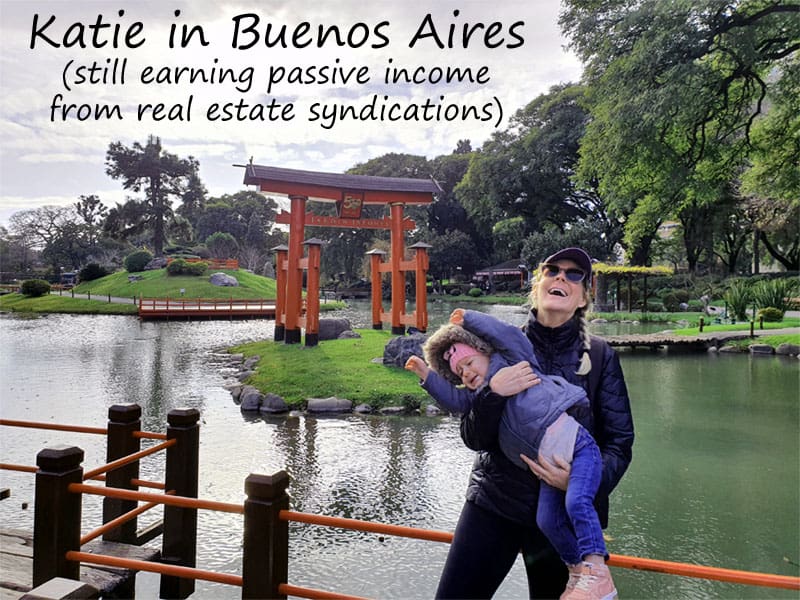







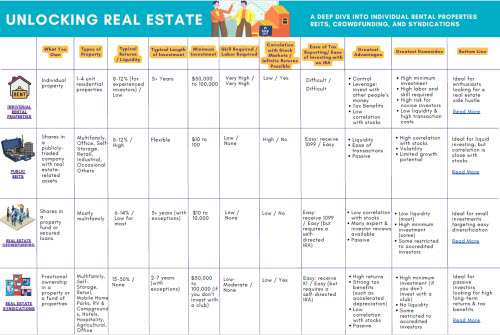



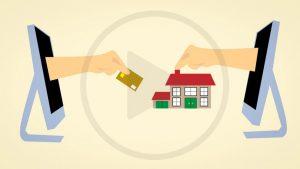
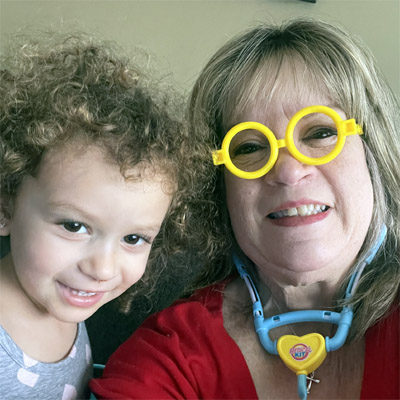
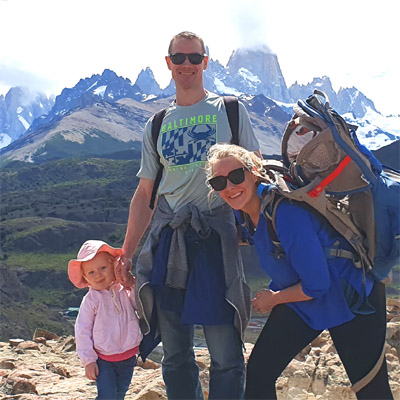


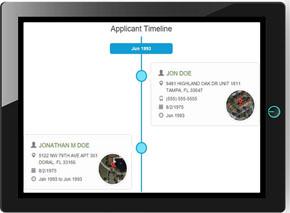




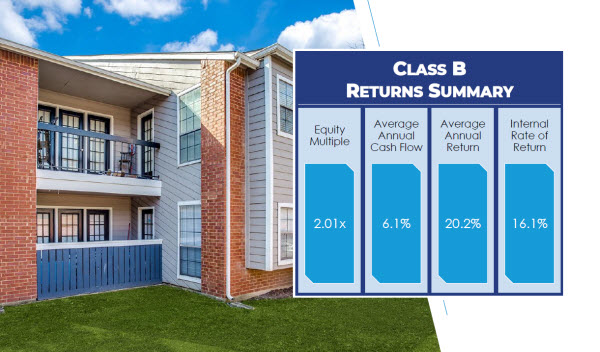



Couldn’t agree more on some points. Since the pandemic hit, it compelled me to think another source of passive income. Yes, I still have faith in FIRE movement. I was thinking to invest in a real estate business. You said, you and your family live in Brazil for lowering your living expenses. Why Brazil? I am currently living in San Diego, but I’ve been wondering recently if it’s worth the high cost of living.
Hey Mike, we chose Brazil because that was one place where my wife was offered a job, as an international school counselor, and there was a lot we liked. We can live without a car here, because the school is in such a walkable area. They provide free housing for us, for employer house hacking. And it’s a low-crime city (Brasilia). We’re in a great position, but we worked hard to create this lifestyle very intentionally. It didn’t just happen.
As for San Diego, it’s a beautiful city, but VERY expensive. Whether the cost is worth it is entirely up to you!
Yes, it’s very smart to move to a country where the currency conversion favors you. I’m thinking about moving as well, a great way to start a radical change in your lifestyle. Great article1
Thanks Chelsea, and best of luck with your move if you decide to take the plunge!
Spot on working at home to cut costs. My saving rate is higher and no more office or commute related stress.
Glad to hear it Grace!
I’m building streams of passive income to live along the coast in Europe, live on a boat and travel with my fam. We all need a “why,” right?
Amen Karl!
I can relate to the idea of working from home and cutting work-related costs. The flexibility it provides is invaluable, and it’s great to see it highlighted in the context of the FIRE lifestyle.
Me too Ivana!
I resonate with the idea of having more control over my time. The concept of not necessarily needing life or disability insurance due to a high savings rate and passive income is eye-opening. It’s not just about early retirement; it’s about having choices and flexibility.
Agreed Sandra!
It really makes you think about how your financial choices impact your family’s security.